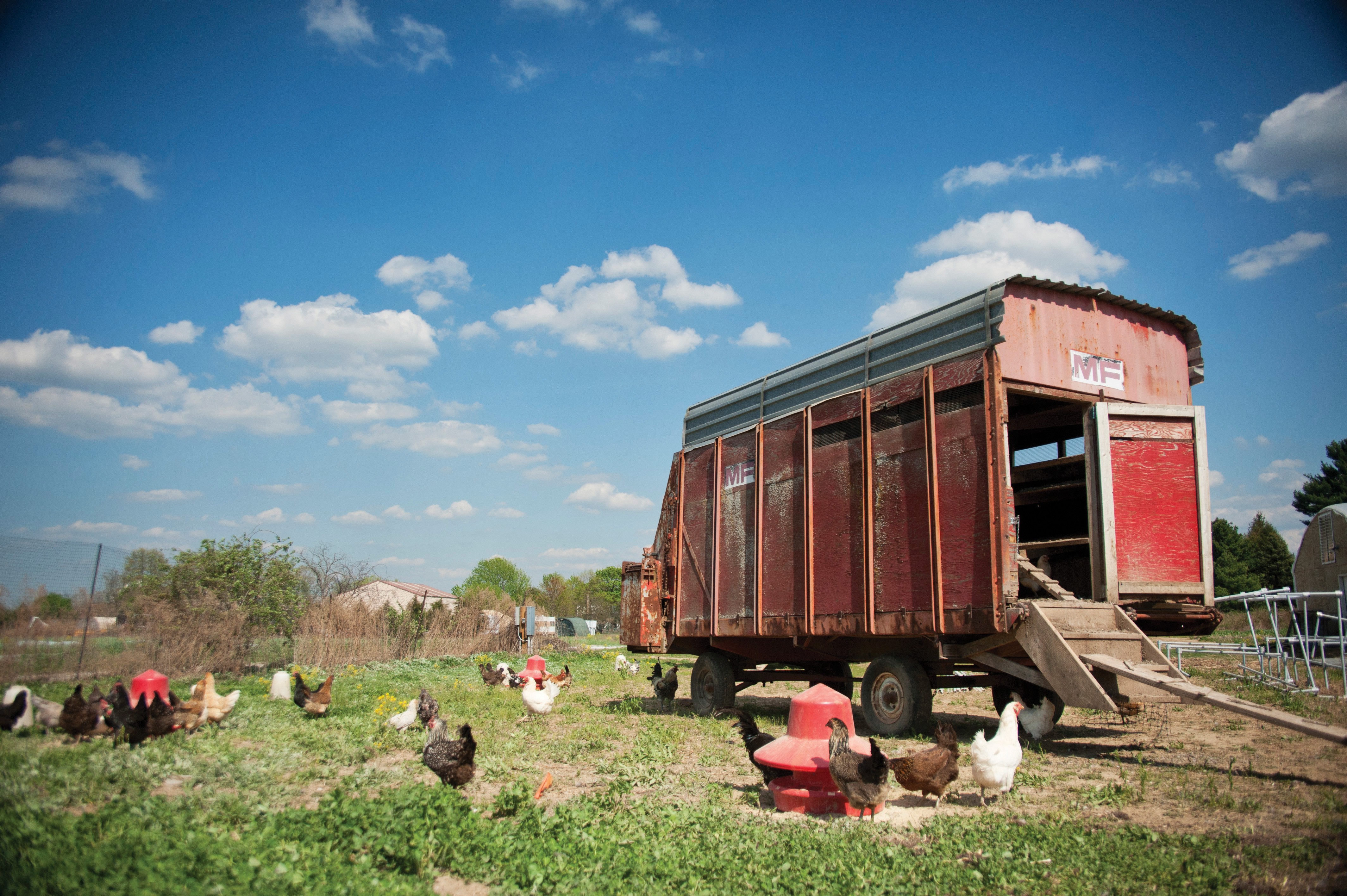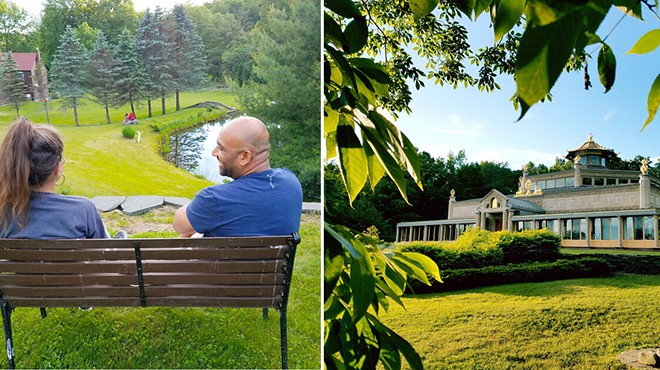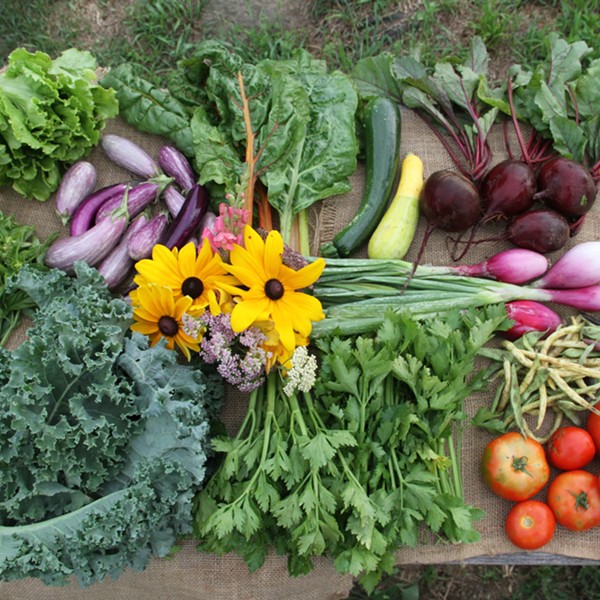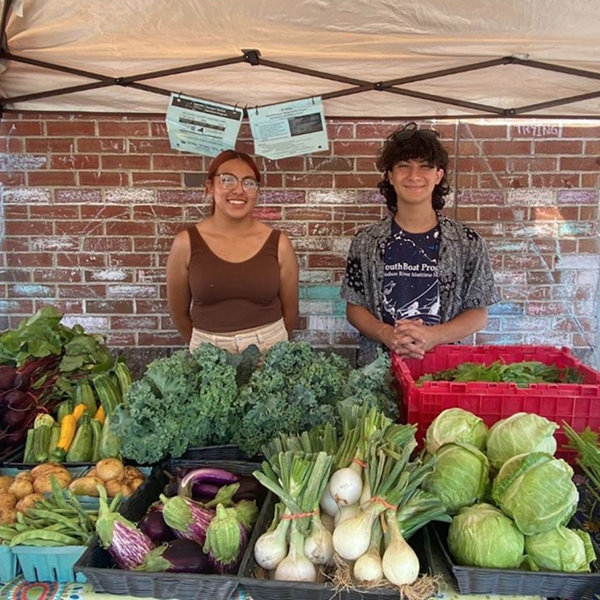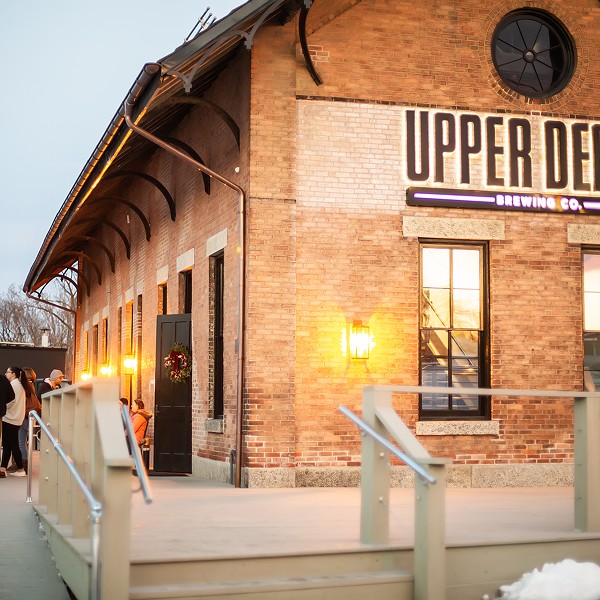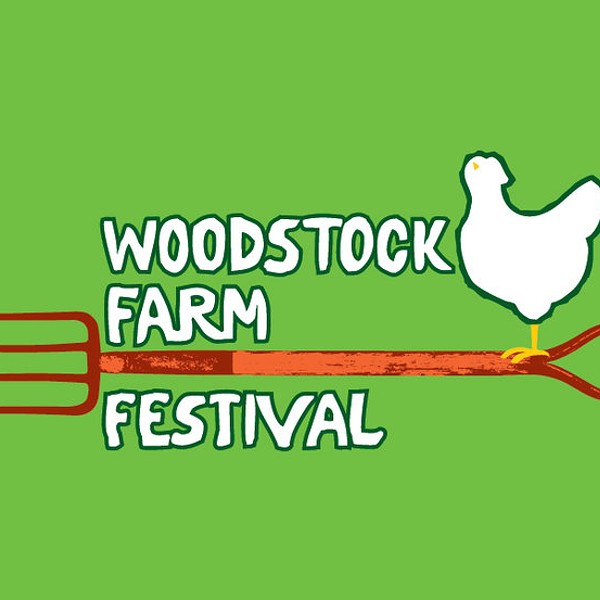The Terroir Factor
The food revolution underway in the onetime breadbasket of the American revolution doesn't lack for glamour, and one of the primary goals is enabling growers both niche and traditional to make a decent living, feeding their families while they feed the rest of us and keeping our remaining green space green. But nonprofit groups are a huge driving force. Folks at Glynwood, a dot-org and working farm in Cold Spring where they've been studying every aspect of agricultural from land use to value-added product since 1995, have devoted much serious thought to the emergence of the Valley as an agricultural and culinary power center.
"We know that the Hudson Valley region is renowned for its history, culture, and recreation. Landscapes have always been a central part of that identity, made famous of course by the Hudson River School painters," notes Glynwood vice president of programming Sara Grady. "But the opportunity for the Hudson Valley in this time, in our era, is to go further—to be defined by food. To truly be a leading region for sustainable agriculture—and therefore a place where world-class food is grown and crafted. To ensure the Hudson River Valley is known as a world-class destination identified by its landscapes, communities and food. "In our time, it is food that responds to all our most pressing concerns and crises: environmental, economic, health, and social wellbeing. When we scan the scene of farming and food system development here in this region, we see a burgeoning and increasingly sophisticated network getting organized around farming and food, seeking to solve some challenging practical concerns: things like farmer training, access to land, processing and distribution, market development, product creation, community engagement, consumer education."
The job's not done, as Grady observes. "We are not yet, as a region, defined by signature foods that express the character of this place. The beginnings are there—and could be on the level of other regions where a vibrant food culture ensures the viability of farming, like Napa, Normandy, and Vermont. In such places, where the sense of place is closely tied to food, this 'terroir' factor facilitates the agricultural economy and becomes a sort of positive feedback cycle between regionally distinctive foods, viable agricultural businesses, productive farmland, and the identity of a place as 'defined by food.'
Seeking that sense of definition, one of Glynwood's latest projects is a cider initiative. "We have a strong success in the work we have accomplished with cider. The Hudson Valley is an apple region, recently hard cider has been gaining popularity, and producing it brings greater value to apples—so it can help to ensure that orchards remain profitable. Cider is a distinctive product that can be emblematic of the region, with a beneficial ripple effect: More growers can profit from growing cider apples, cidermakers thrive, creating jobs, attracting investment, tourism, and pride in the region." The same could be said of craft brewing and small-batch distilleries, which are continuing to pop up across the region.
Incubating Farms
Last fall, the Local Economies Project of the New World Foundation bought the 1,255 acres of farmland in Hurley, the former Gill Farm, to launch a huge new farm hub that seeks to be "a regional center for farmer training, agricultural research, and demonstration of innovative farm technologies," according to its website.
"Local food is a driving force behind almost everything we do at LEP," says spokesperson Brooke Pickering-Cole. "It all begins on the farm. The Farm Hub project is envisioned as a way to bolster resilient agriculture in the Hudson Valley; by working to strengthen farming, we aim to strengthen the local food system. We felt that the time was right for this kind of project—there is so much demand for local food. With celebrated traditions, great land, young people interested in farming, and proximity to the New York City market, the Hudson Valley is very well positioned to supply that demand. This area also seems to attract people who love good food. All the restaurants, bakeries, cafés, farmers markets, caterers and, of course, the CIA, are magnets for 'foodies' of all types who are increasingly interested in the source of what's in the grocery store and on the menu. These businesses are evidence of a culture that supports the kind of work we and our partners are doing and that's very fortunate. There's a great deal of potential for economic development around farming and food here."
Todd Erling, executive director of the Hudson Valley Agribusiness Development Corporation and Hudson Valley Bounty, agrees. "There's better collaboration than ever," he says. "Formally and informally, adding to the depth and diversity of not only agricultural products but artisanal products and the means to get them to market."
The good news just keeps rolling in. Late in February, the Local Economies Project announced a grant of $200,000 to the New York branch of the American Farmland Trust to "expand new, local markets for farmers through the Farm to Institution New York State Partnership," an organization that works to serve more local products in places like schools and hospitals. Along with the hard work comes a heaping helping of fun. One more sprouting development of note: a new international magazine, Modern Farmer, launch recently in Hudson. "People would ask us, 'How is that a scalable audience?'" says founder Ann Marie Gardner. "And it's like, 'Do you eat?' I was a journalist traveling all over the world, and everywhere I went, people care about food. They want growing skills. They want to raise chickens. They want the basic skills we've lost touch with, and there was nobody giving them the information in an accessible, popular format.
"And we've hit a nerve. We're selling the magazine in Singapore and Berlin. People in Tokyo want our T-shirts. What's going on in the Hudson Valley is a microcosm of something that's happening everywhere, and this is a great place to be headquartered—we're right in the thick of it."







